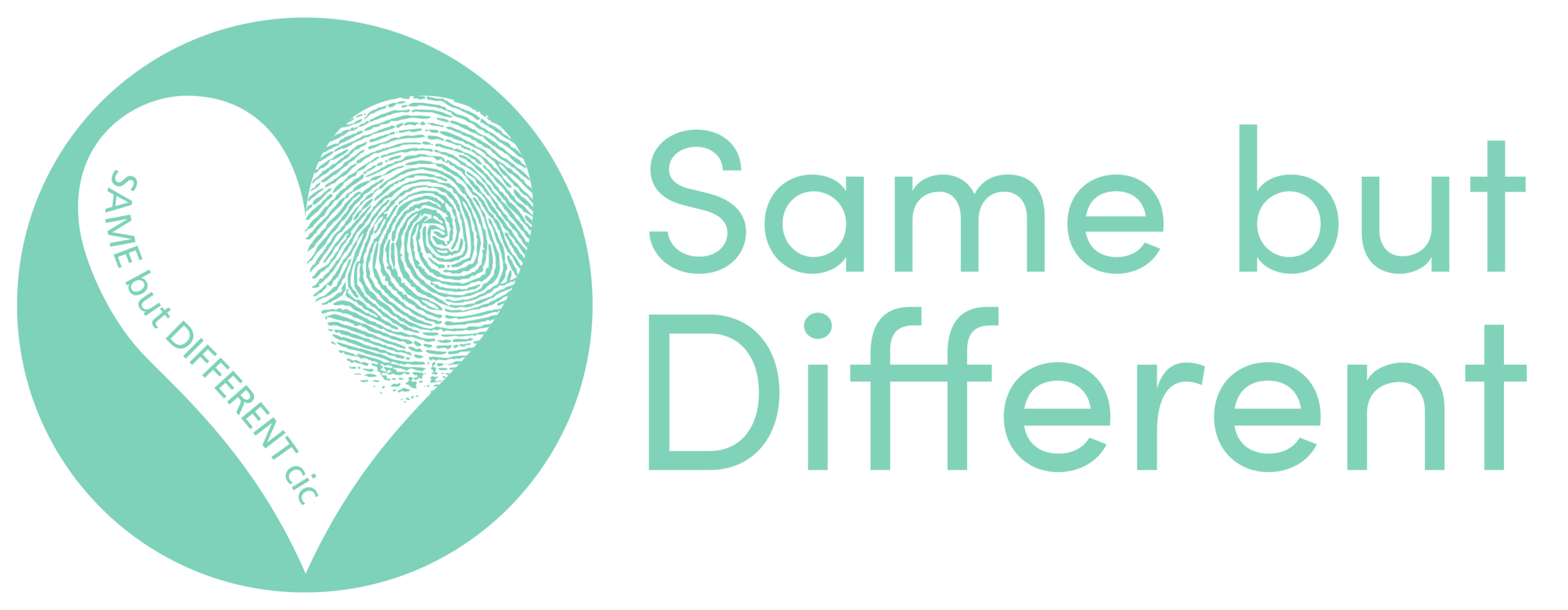HEIDI
“Heidi loves putting make up on, having her nails painted and dressing up as Disney princesses”.
Heidi and her family came to the studio to talk to us about their experience of rare disease.
“Heidi enjoys going to the cinema, eating out, swimming & horse riding which she attends through the RDA. She absolutely adores animals and going on day trips with the family.
Heidi has a disorder known as Ehlers Danlos syndrome type 3; a collagen disorder that makes her joints partial to sublux (dislocate) and to fully dislocate. She also has low muscle tone which causes her to be very unsteady on her feet. The disorder leaves her prone to tiredness & severe, chronic pain around the joints as well as gastrointestinal problems.
Heidi receives hydrotherapy and physio in school and is, from time to time, dependent on her wheelchair as her joints ache. She is under the care of Clinical Genetics in Wrexham and also the Orthopaediatric team in Alder Hey Liverpool.
“Despite her condition she loves to do cheerleading with her friends”
'“She has had countless operations from the age of 8 months old with the most recent being 6 hours of reconstructive surgery & with more planned in the next few years. Heidi also has developmental dysplasia of the hip meaning she has shallow hip sockets & could be facing more surgery on her right hip in the future. It is a degenerative disorder with no cure and because it is so rare there is no knowing how the condition will progress”.
In addition to Ehlers Danlos Syndrome Heidi also has an autistic spectrum disorder.
FIND OUT MORE
EHLERS-DANLOS SYNDROME
The Ehlers-Danlos syndromes (EDS) are a group of thirteen individual genetic conditions, all of which affect the body’s connective tissue. Connective tissue lies between other tissues and organs, keeping these separate whilst connecting them, holding everything in place and providing support, like the mortar between bricks. In EDS, a gene mutation causes a certain kind of connective tissue – the kind will depend on the type of EDS but usually a form of collagen – to be fragile and stretchy. This stretchiness can sometimes be seen in the skin of someone with EDS; individuals with the condition may also be able to extend their joints further than is usual – this is known as being hypermobile, bendy or double-jointed. As collagen is present throughout the body, people with EDS tend to experience a broad range of symptoms, most of them less visible than the skin and joint differences. These are complex syndromes affecting many systems of the body at once, despite this EDS is often an invisible disability. Symptoms commonly include, but are not limited to, long-term pain, chronic fatigue, dizziness, palpitations and digestive disorders. Such problems and their severity vary considerably from person to person, even in the same type of EDS and within the same family.
To find out more about the Ehlers-Danlos Syndromes, including Type 3, click here.
Ehlers-Danlos Support UK (EDS uk)
Ehlers-Danlos Support UK (EDS UK) was set up in 1987 to support, advise and inform those living with the Ehlers-Danlos syndromes. Over 30 years later, they are the largest UK charity that exclusively represents and supports people with all types of EDS. They work to minimise the impact of EDS by making its diagnosis, treatment and management accessible to everyone when they need it.
To find out more about EDS UK, click here.
Source: https://www.ehlers-danlos.org/about-us/
Don't forget to visit and 'Like' our Facebook page too so we can keep you up to date with our new rare stories by clicking here



